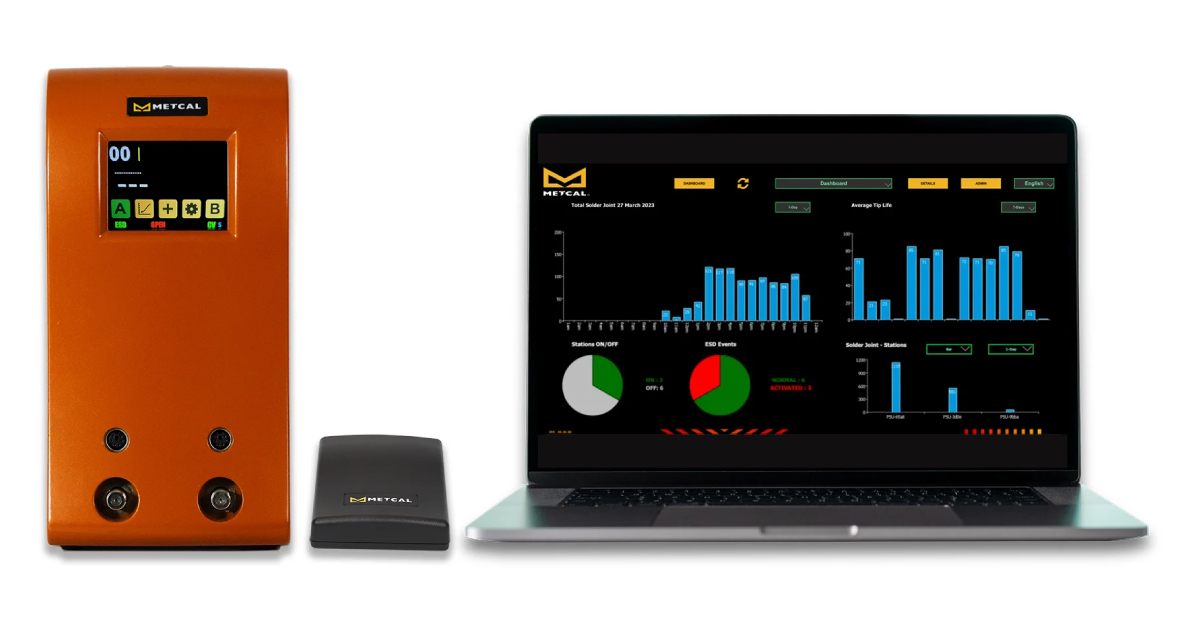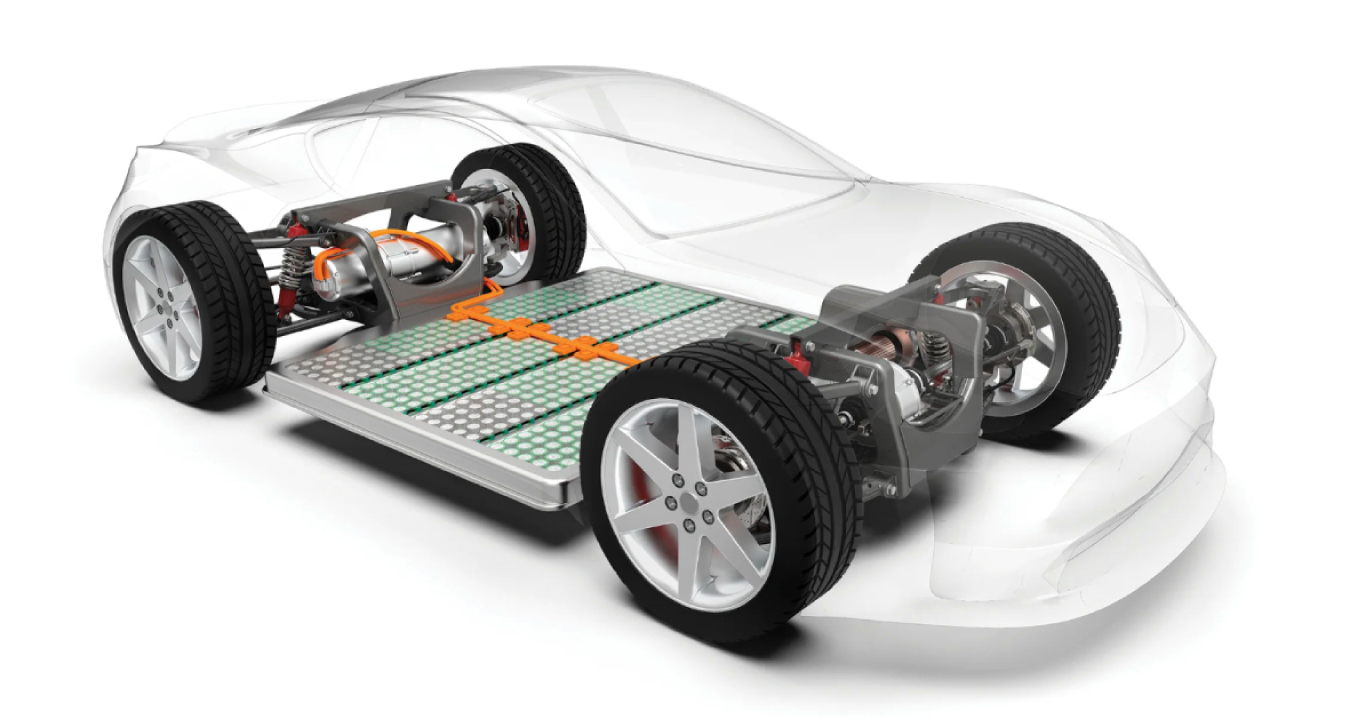Electronic components such as PCBs have increasingly become ubiquitous with all industry today, from smartphones to automobiles. And without proper soldering of these electronic components, much of the technological advancement of today may not have been possible. For analysing enterprise-wide soldering process and performance, data is needed. Industry 4.0 provides the platform for this.
Large-scale soldering equipment such as those in SMT, wave and reflow soldering along with pick-and-place robots have already moved to Industry 4.0 with documented data for greater control. However, transitioning hand soldering to Industry 4.0 poses a challenge.
Hand Soldering
Hand soldering, which is still required for certain specialty, irregular, or heat-sensitive components, has become more challenging, requiring highly skilled soldering technicians, improved process controls, and advanced hand-soldering tools and equipment. Manual rework, repair and replacement is required for issues such as bridging, tombstoning, slump, solder beading, insufficient solder, and damaged components from larger automated soldering equipment.
Working with exceedingly small components which are packed closely in high-density PCBs needs highly skilled soldering, often under a microscope or a camera, using specialised tools such as ultra-fine soldering tips, tweezers and handpieces.
Besides, high-power industrial electronics and high-frequency telecommunication devices need to be hand soldered.
Upgrading to Industry 4.0 using IoT is the need of the hour for hand soldering for greater visibility and traceability.
Metcal’s path-breaking solutions for Hand Soldering
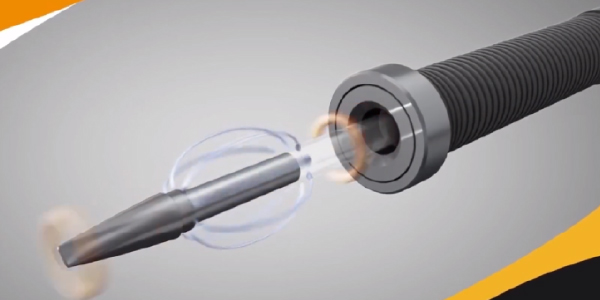
Metcal, which had already answered the challenges in hand soldering with many path-breaking innovations such as SmartHeat and Connection Validation, now brings the CV-IOT Gateway for greater process control and traceability.
SmartHeat technology in the cartridge involves a non-heating core surrounded by an outer heating layer of magnetic alloy. When a high frequency current is passed over the heater the outer layer heats up causing the magnetic properties to be lost. This results in the migration of current to the non-heating copper core which in turn leads to the restoration of magnetic properties. This process is repeated cyclically till the Solder Joint is complete.
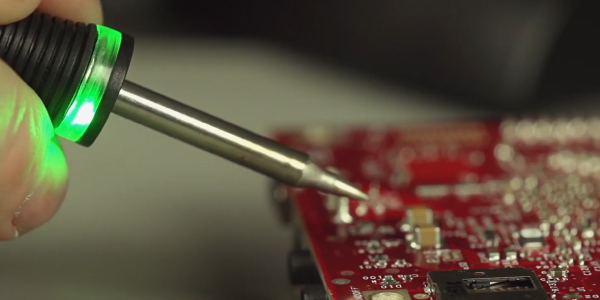
Connection Validation (CV) is another innovation from Metcal which eases the soldering process for the operator by indicating when a joint is complete using a closed loop feedback mechanism in the form of an audible and a visual alert. Joint completion is achieved after Solder Event Detection, Preliminary Validation, Liquidus Detection, and Intermetallic Compound (IMC) Calculation.
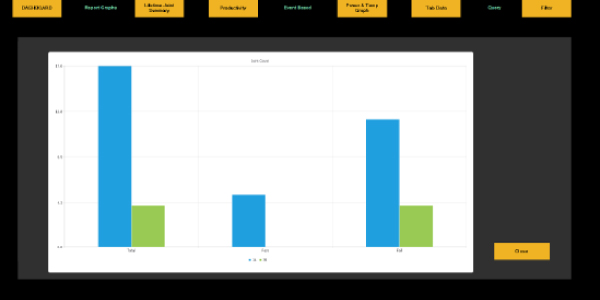
Metcal’s CV systems employ a patented chip-in-cartridge technology whereby a small microchip in each heater cartridge passes information to the CV unit on the tip temperature rating, tip geometry, lot number, and more, allowing managers to allow and restrict specific cartridges on each system and protect the system from non-conforming cartridges.
When accessible enterprise-wide in Industry 4.0, this information helps in better decision-making to improve productivity, efficiency and quality. An IoT gateway device is required for this.
Metcal’s CV IOT Gateway

The Metcal CV IOT Gateway device when connected to the CV System and a Computer, provides a range of information on each solder joint such as:
- Timestamp
- Station name and type (Lead or Lead-Free)
- IP Address
- MAC Address
- PCB number for traceability
- Cartridge part number, type, serial number and lot number
- Temperature scale (C/F)
- Station port used
- Joint count
- Idle temperature
- CV validation result
- Tip temperature during soldering

This brings Hand Soldering into Industry 4.0, allowing decision makers to improve business and plan better using the vast repertoire of information now available.
MELSS has been bringing the latest innovations to industry through its line of products along with those from world-leading brands such as Metcal.
